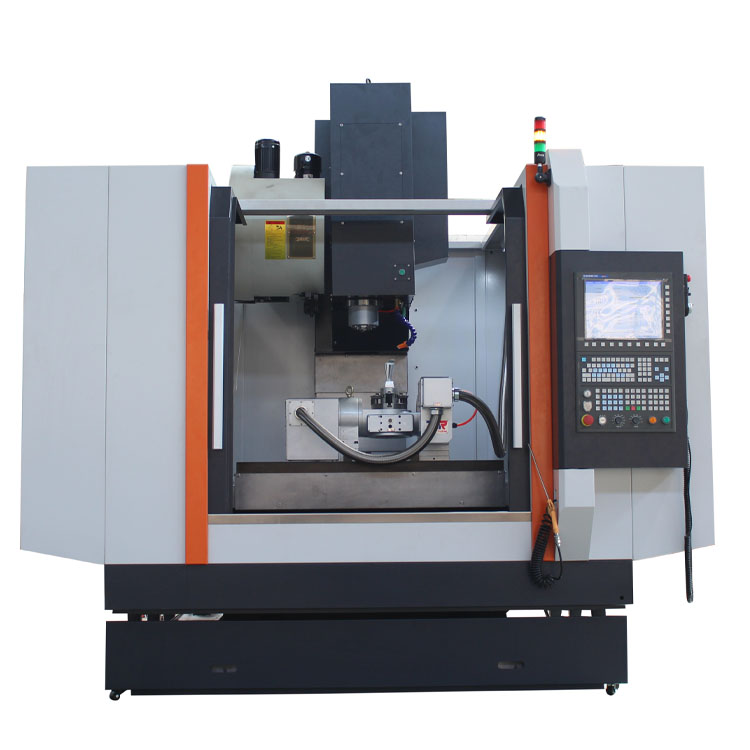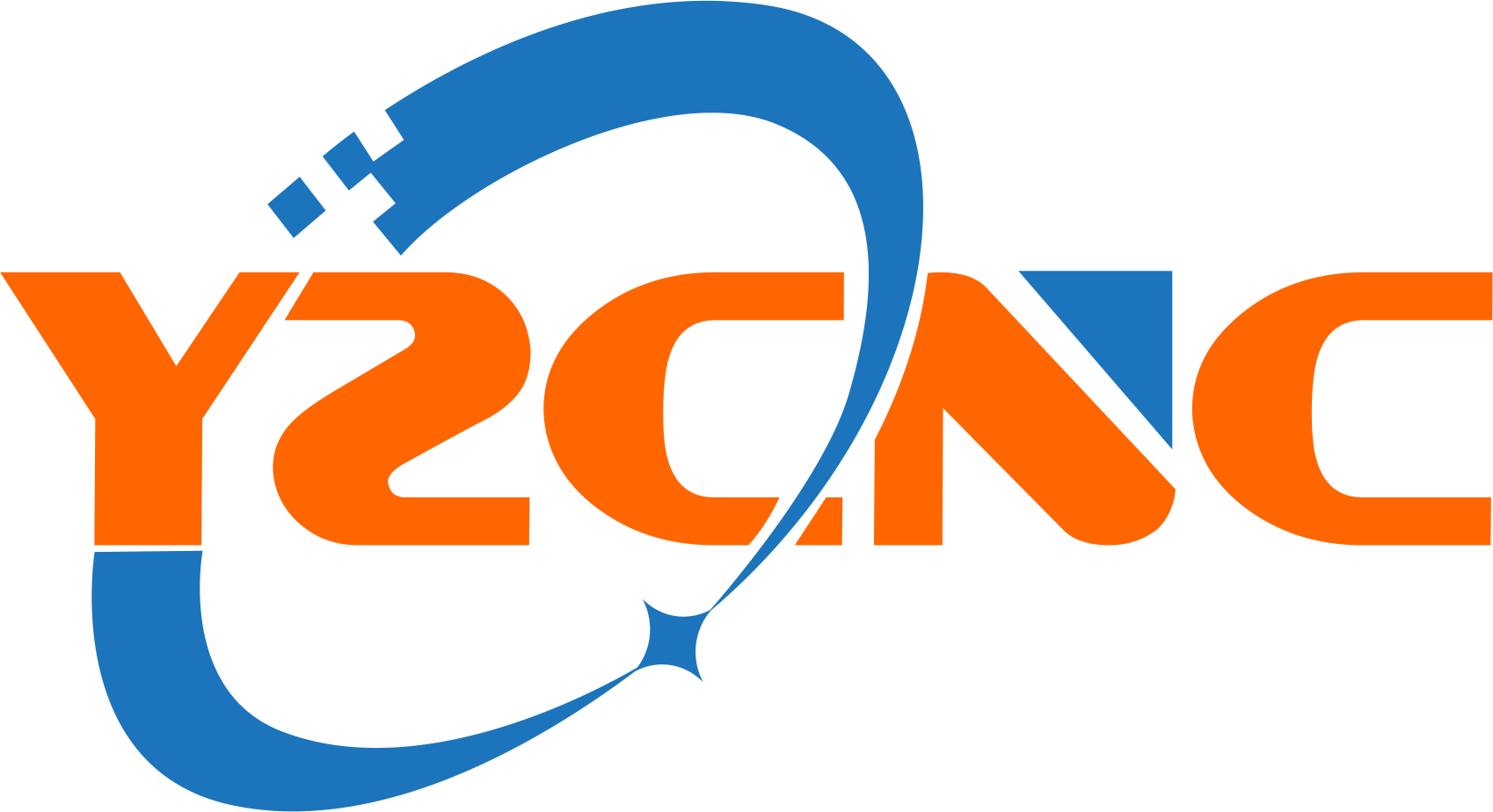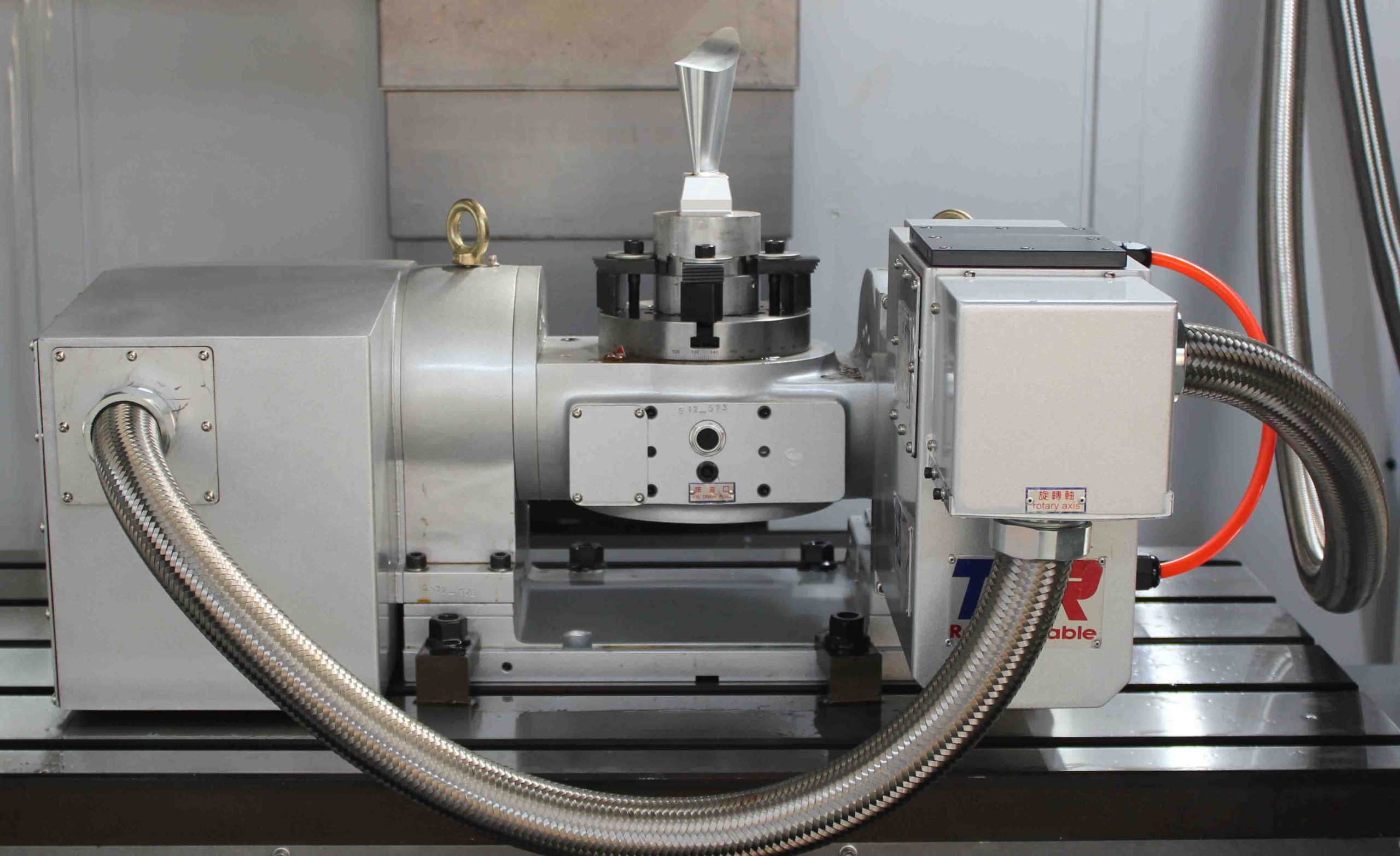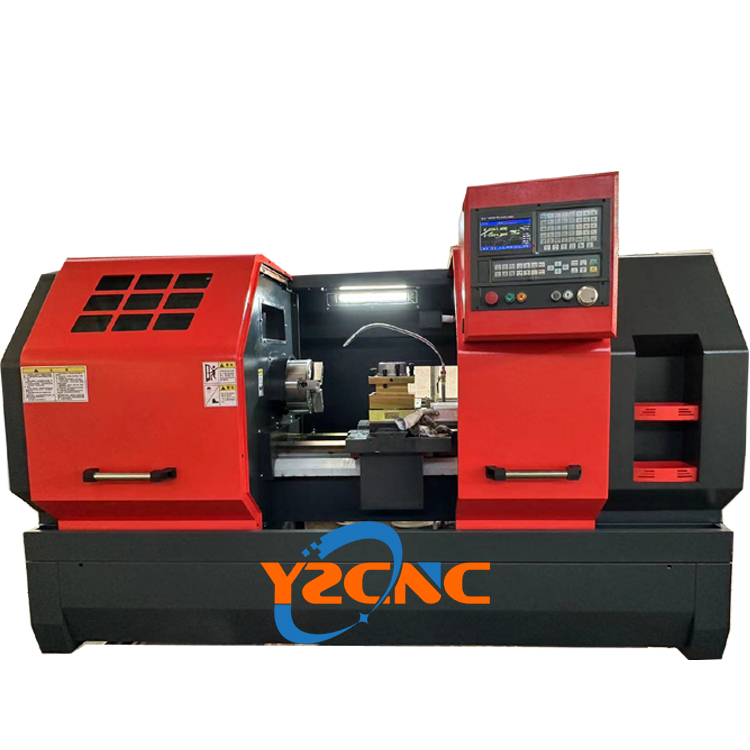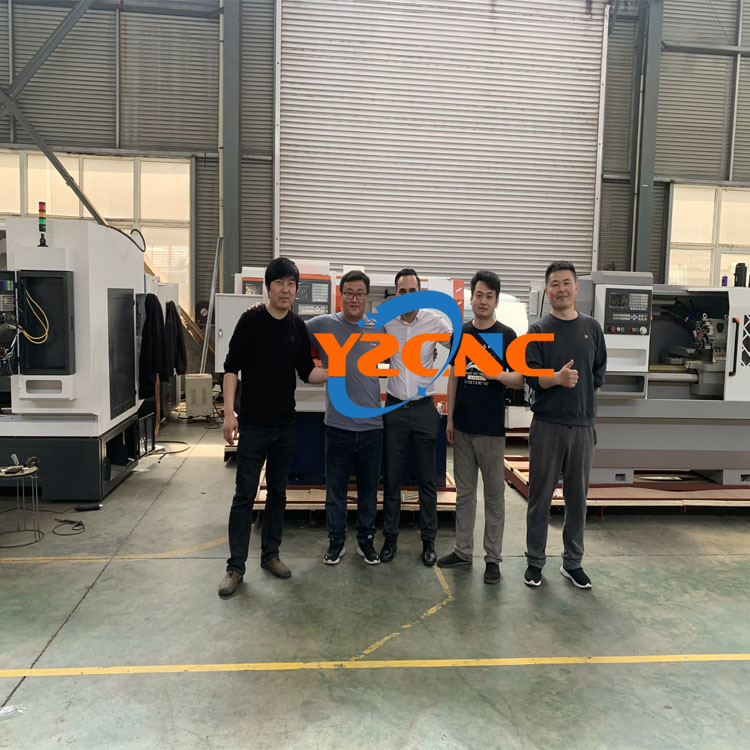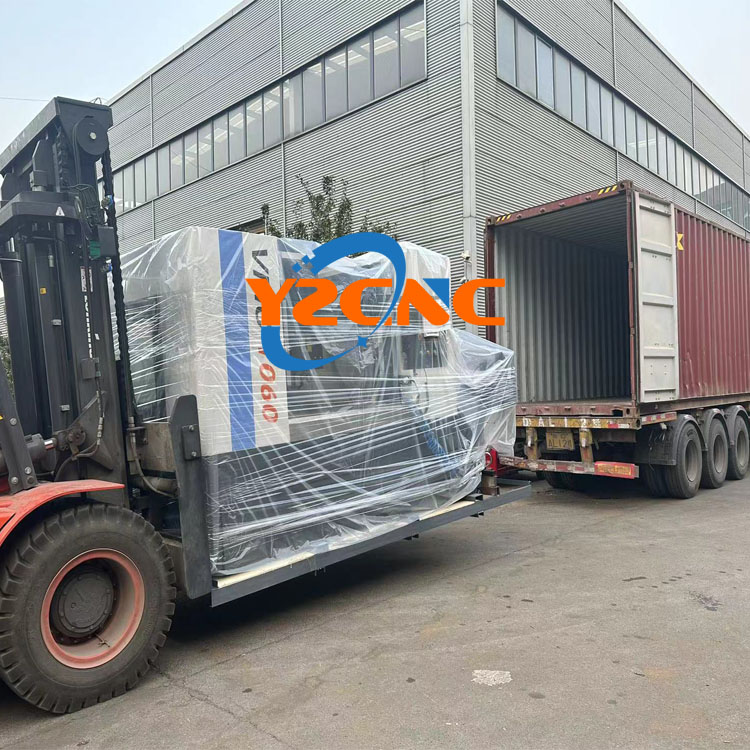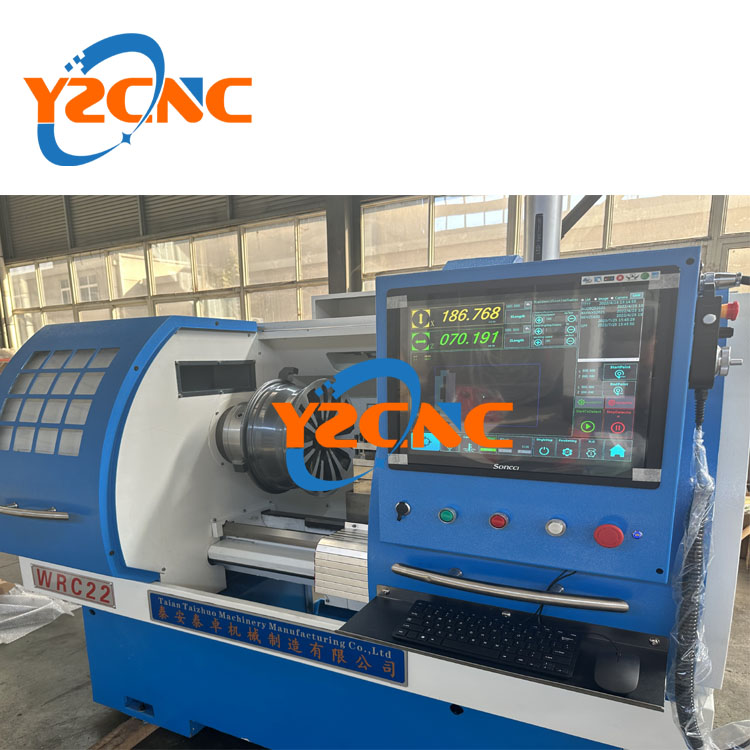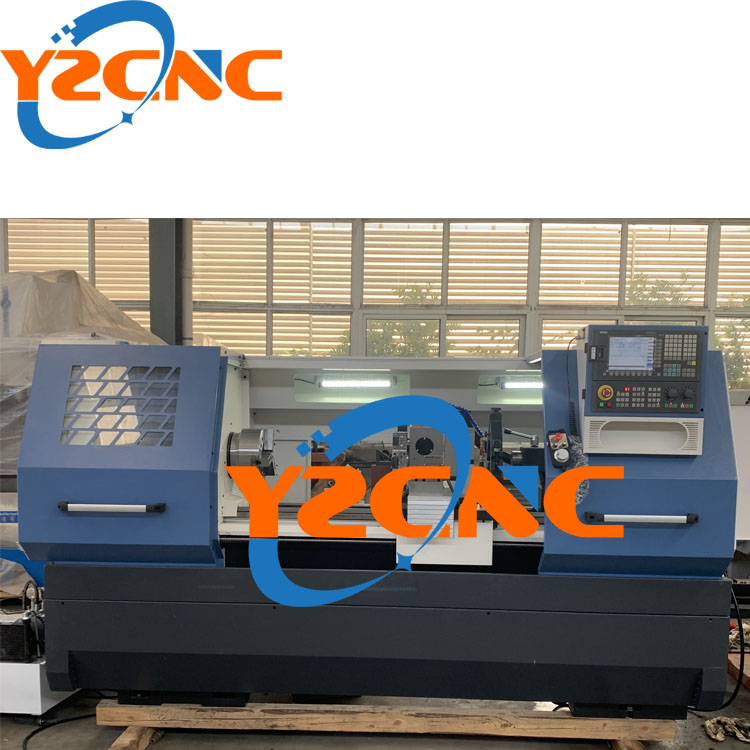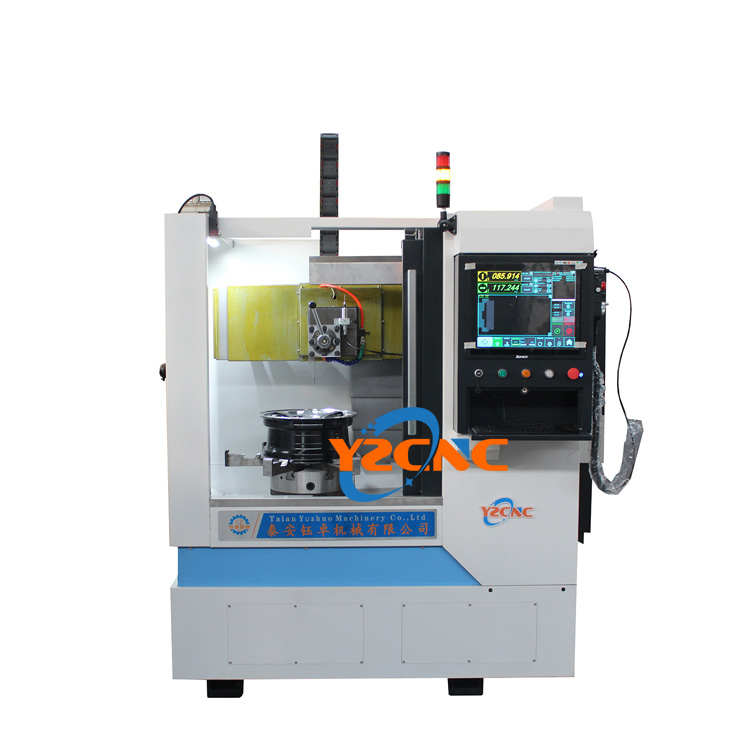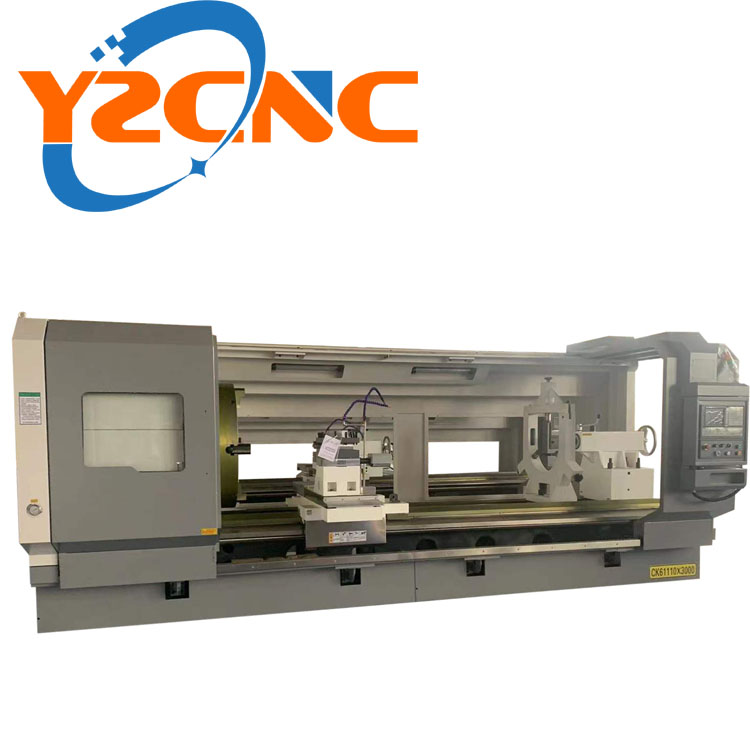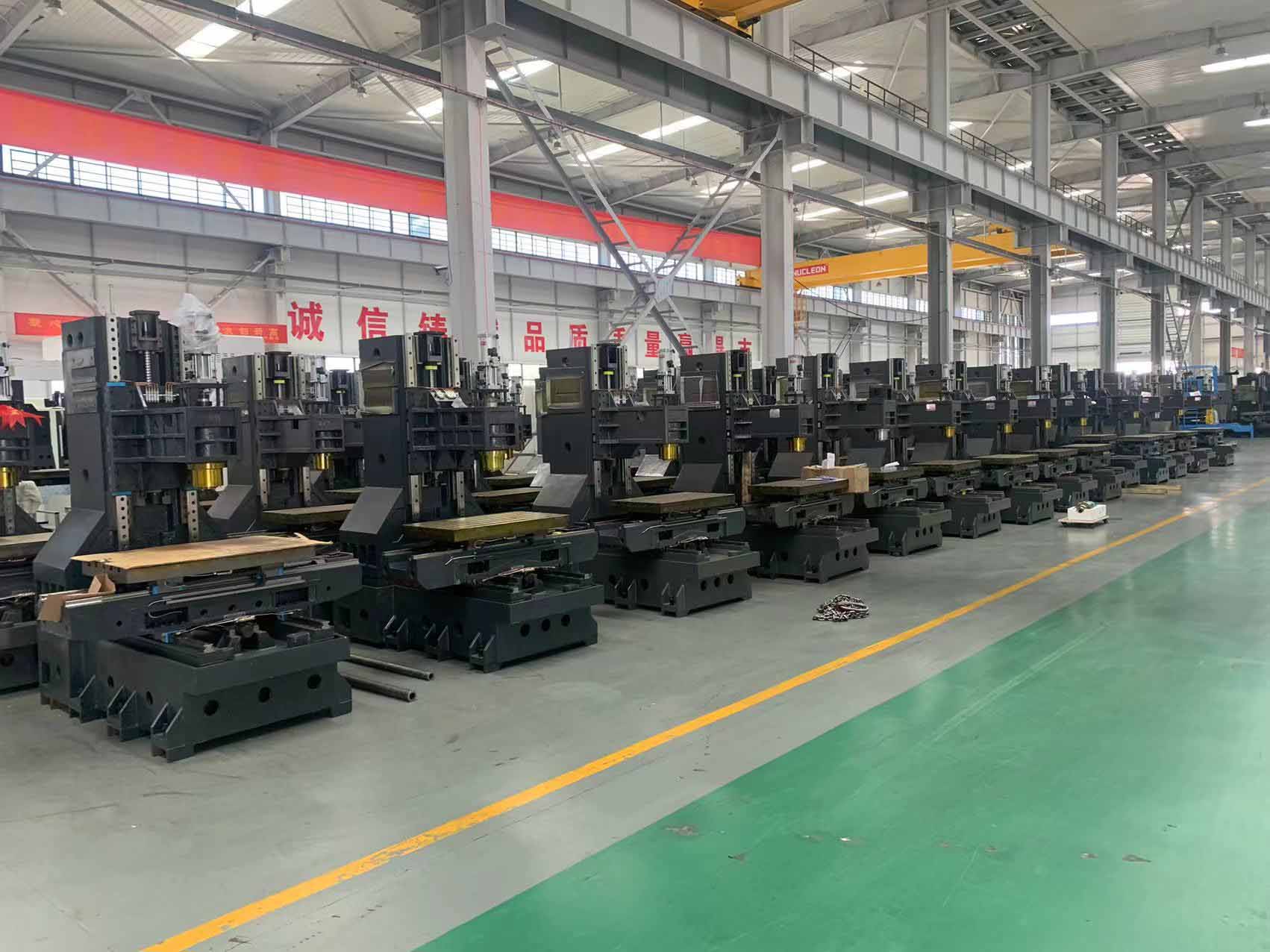 Choosing a CNC (Computer Numerical Control) machining center can be a daunting task, especially for those who are new to the industry. There are several factors to consider before making the final decision. In this article, we will discuss some of the important factors that you should consider when purchasing a CNC machining center.
Choosing a CNC (Computer Numerical Control) machining center can be a daunting task, especially for those who are new to the industry. There are several factors to consider before making the final decision. In this article, we will discuss some of the important factors that you should consider when purchasing a CNC machining center.
Determine your specific requirements or Workpiece drawings
The first step in choosing a CNC machining center is to determine your specific requirements. You need to consider the types of materials you will be working with, the size of the parts you will be making, and the level of precision that you require. Based on these factors, you can choose a machine that is best suited for your needs.
Quality of the cnc machining center
The quality of the machine is an important factor to consider when purchasing a CNC machining center. You should look for a machine that is made with high-quality materials and is designed to last for a long time. A well-built machine will be more reliable and will require less maintenance over time.
Brand reputation 
The reputation of the brand is also an important consideration. You should look for a brand that has a good reputation for quality and reliability. A reputable brand will stand behind its products and provide good customer support when needed.
Cnc machining center Price
Price is an important consideration when purchasing a CNC machining center. You should set a budget and look for a machine that falls within your budget. However, you should not compromise on quality for the sake of price.
Features
The features of the machine are also important to consider. You should look for a machine that has the features that you need to perform your specific tasks. Some features that you may want to consider include the number of axes, the spindle speed, and the tool changer capacity.
Ease of use
The ease of use of the machine is also an important factor to consider. You should look for a machine that is easy to operate and has an intuitive interface. A machine that is easy to use will help you to be more productive and efficient.
Service and support
Service and support are also important factors to consider when purchasing a CNC machining center. You should look for a manufacturer that provides good customer support and has a reliable service network. This will help you to get the support you need when you encounter any issues with the machine.
In conclusion, choosing a CNC machining center requires careful consideration of several factors. You need to determine your specific requirements, and consider the quality of the machine, brand reputation, price, features, ease of use, and service and support. By taking the time to evaluate these factors, you can make an informed decision and choose a machine that is best suited for your needs.
Vertical cnc machining center (VMC) are versatile machines that are used to perform a variety of milling operations on workpieces. There are several different models of VMC available in the market, each designed for a specific set of requirements. In this article, we will discuss some of the main types of VMC that are available.
Three-Axis VMC
The most common type of VMC is the three-axis model, which is also known as a 3-axis VMC. These machines have three linear axes (X, Y, and Z) that allow them to move the spindle in three directions. Three-axis VMC are ideal for general-purpose machining applications and are commonly used in job shops and production environments.
Four-Axis VMC
Four-axis VMC have an additional rotary axis (A) that allows them to rotate the workpiece about a vertical axis. This capability makes them ideal for complex machining operations that require multi-sided machining of the workpiece. Four-axis VMC are commonly used in the aerospace, automotive, and medical device industries.
Five-Axis VMC
Five-axis VMC have two additional rotary axes (B and C) that allow them to rotate the workpiece about two orthogonal axes. This capability makes them ideal for machining complex geometries that cannot be easily achieved with three or four-axis machines. Five-axis VMC are commonly used in the aerospace, automotive, and medical device industries, as well as in the mold and die industry.
Multi-Tasking VMC
Multi-tasking VMC are hybrid machines that combine the capabilities of a VMC850 with those of a turning center. These machines are capable of performing milling, drilling, and turning operations in a single setup, which makes them ideal for high-mix, low-volume production environments. Multi-tasking VMC are commonly used in the aerospace, automotive, and medical device industries.
High-Speed VMC
High-speed VMC are designed for high-speed milling operations, which require high spindle speeds and fast feed rates. These machines are ideal for machining aluminum, composites, and other lightweight materials, and are commonly used in the aerospace and automotive industries.
Bridge-Type VMC
Bridge-type VMC have a gantry-style design that allows them to support heavy workpieces and maintain high accuracy over large work areas. These machines are commonly used in the aerospace, automotive, and energy industries, as well as in the production of large molds and dies.
 In conclusion, there are several different types of VMC available, each designed for a specific set of requirements. Three-axis VMC are the most common type, while four-axis and five-axis VMCs are used for more complex machining operations. Multi-tasking VMC are ideal for high-mix, low-volume production environments, while high-speed VMC640 are designed for high-speed milling operations. Bridge-type VMC are used for large workpieces and maintain high accuracy over large work areas. The choice of VMC will depend on the specific requirements of the machining operation.
In conclusion, there are several different types of VMC available, each designed for a specific set of requirements. Three-axis VMC are the most common type, while four-axis and five-axis VMCs are used for more complex machining operations. Multi-tasking VMC are ideal for high-mix, low-volume production environments, while high-speed VMC640 are designed for high-speed milling operations. Bridge-type VMC are used for large workpieces and maintain high accuracy over large work areas. The choice of VMC will depend on the specific requirements of the machining operation.

